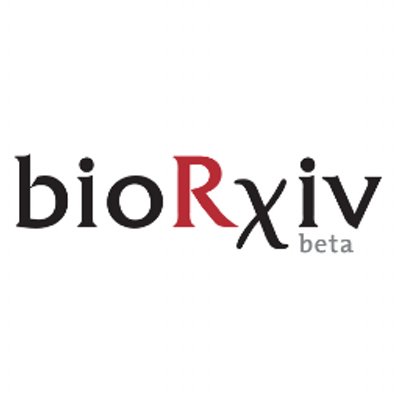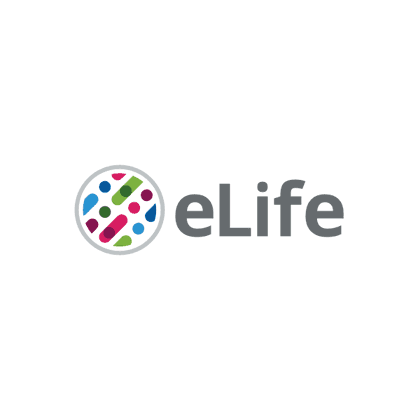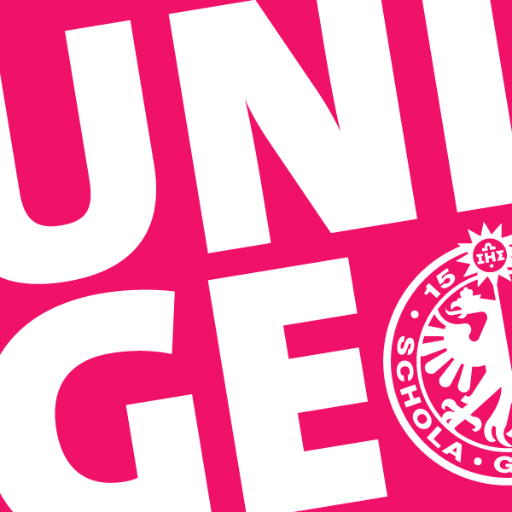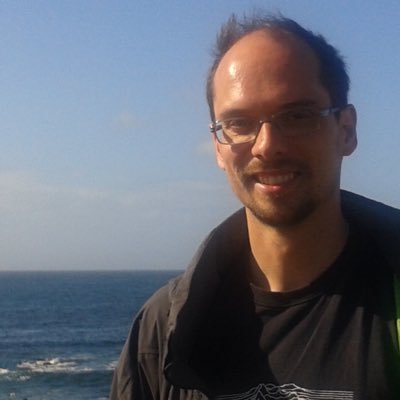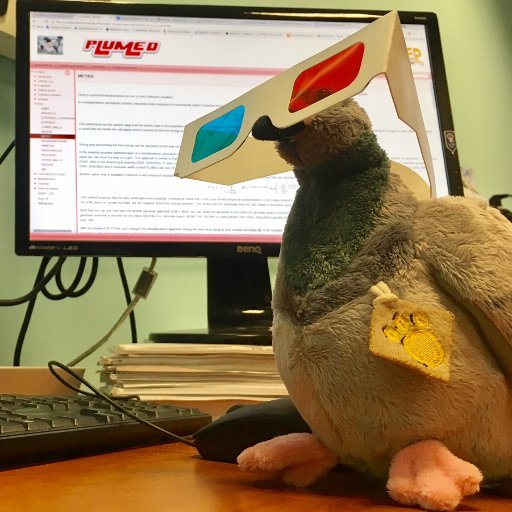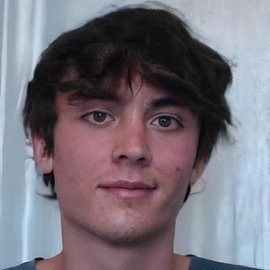
Alberto Borsatto
@albertobors
Followers
92
Following
73
Media
3
Statuses
34
Computational biologist | Phd @gervasiolab
Geneva
Joined February 2017
Absolute Binding Free Energies with OneOPES 1/ This paper introduces OneOPES, a transferable enhanced sampling strategy for accurately calculating absolute binding free energies (ABFEs) in protein-ligand complexes. 2/ OneOPES is designed to address the challenges of ABFE
0
20
106
Any feedback is welcome! If you'd like to try it out, you can find example input files here: https://t.co/zgrZ8Tjvwq 5/🧵
zenodo.org
Supporting Material: Absolute Binding Free Energies with OneOPES Further information about the content of the directory can be found in the README file included The Plumed input files can also be...
0
0
2
Not trivial: if we run 3 independent simulations of the same system, all estimates independently converge to the same ABFE value! 4/🧵
1
0
2
We can also effectively sample different ligand binding modes and match the experimentally determined structures, regardless of the initial protein–ligand configuration 3/🧵
1
0
2
Using simple geometry-based CVs, our strategy predicts binding affinities with a mean unsigned error within 1 kcal/mol of experimental values (tested on BRD4 and Hsp90 with 17 different ligands) 2/🧵
1
0
2
Looking for an accurate and transferable strategy to calculate protein-ligand absolute binding free energies? Check out our latest paper now published in @JPhysChem with @M_Karrenbrock @ValerioRizzi33 @D_Lukauskis Simone Aureli @gervasiolab
https://t.co/jn66zS2I4m 1/🧵
pubs.acs.org
The calculation of absolute binding free energies (ABFEs) for protein–ligand systems has long been a challenge. Recently, refined force fields and algorithms have improved the quality of the ABFE...
1
10
43
Excited to see our work on accelerating DeepLNE++ published in @JChemPhys at https://t.co/IxxjQLm0bH The updated link for tutorials: https://t.co/2IdfSI5c8d Many thanks to @ValerioRizzi33, Simone Aureli, and the entire @gervasiolab. Summary below: https://t.co/Ev5T0Tt1jF
github.com
DeepLNE speed-up via knowledge distillation. Contribute to ThorbenF/DeepLNE_PlusPlus development by creating an account on GitHub.
Checkout our #preprint of our latest manuscript on DeepLNE++, our new and improved deep-learning path-like collective variable https://t.co/BOL3QjfoQ6 by @TFroehlking, @ValerioRizzi33, Simone Aureli, @gervasiolab . Summary in thread:
0
4
10
Our paper with @TFroehlking @ValerioRizzi33 & @LuigiBonati on learning path-like collective variables with autoencoders is now out in @JChemPhys ! This is the latest step in a journey that began with "From A to B in Free Energy Space".
pubs.aip.org
Several enhanced sampling techniques rely on the definition of collective variables to effectively explore free energy landscapes. The existing variables that d
0
12
41
Our new strategy for cryptic pocket detection, SWISH-X is out in @JCIM_JCTC! https://t.co/ObCLLksPUO It combines SWISH's Hamiltonian replica exchange with expanded ensemble sampling with OPES to speed up cryptic pocket exploration. 1 / 🧵
pubs.acs.org
Protein–protein interactions mediate most molecular processes in the cell, offering a significant opportunity to expand the set of known druggable targets. Unfortunately, targeting these interactions...
1
15
37
1/n: We are excited to share that our paper on Chroma, a general purpose diffusion model for proteins, is out today in @Nature! https://t.co/FwvQ15UaHc A couple of my favorite highlights in the 🧵below 👇
13
305
1K
The group enjoying the SBDD23 conference in beautiful Sestri Levante. Congratulations to @devivo_marco @matteodp and Andrea Cavalli on organising such a successful conference! #SBDD23
0
2
29
New enhanced sampling approach from @gervasiolab combining the On-the-fly Probability Enhanced Sampling (OPES) approach with replica-exchange enhancements. Tested on alaninedipeptide, trypsin/benzamidine binding and chignolin folding. https://t.co/UneJpMTxTC
OneOPES, a combined enhanced sampling method to rule them all https://t.co/IwEYv7mnsK
#biorxiv_biophys
0
9
28
Congratulations to @D_Lukauskis, Simone Aureli and our collaborators at @ucb_news on the publication of the paper on Open BPMD in @JCIM_JCTC. The approach is fast and effective in ranking ligand binding poses. The code is available on @github
pubs.acs.org
Predicting the correct pose of a ligand binding to a protein and its associated binding affinity is of great importance in computer-aided drug discovery. A number of approaches have been developed to...
1
10
32
Our article "Revealing druggable cryptic pockets in the Nsp1 of SARS-CoV-2 and other β-coronaviruses by simulations and crystallography", a successful collaboration with @c3starellas @shozeb_haider @albertobors @igaldadas and F Kozielski is out in @eLife
elifesciences.org
A combination of simulations and experiments was used to discover druggable cryptic pockets in non-structural protein 1, a promising but difficult target for coronaviruses, indicating a viable drug...
1
7
19
A team from @unige_en , in collaboration with @ucl and @UniBarcelona, reveals a hidden cavity on a key #COVID19 #protein to which future drugs could bind. @albertobors
https://t.co/zORe3JqTo8
0
1
1
Today in partnership with @emblebi, we’re releasing predicted structures for nearly all catalogued proteins known to science, which will expand the #AlphaFold database by over 200x - from nearly 1 million to 200+ million structures: https://t.co/GjVES2pBFY 1/
98
2K
5K
Our new tutorial on using Sampling Water Interfaces through Scaled Hamiltonians (SWISH) to explore hidden (cryptic) binding pockets in proteins of pharmaceutical interest is on-line! It comes with revised scripts for @GMX_TWEET and new analysis tools
0
8
16
Beautiful people, wonderful conference and amazing science! @ccpbiosim #ccpbiosim2022
Thanks to all the wonderful attendees of #ccpbiosim2022 who made the meeting such a joyful event. Looking forward to meeting some of you again at the next @ccpbiosim meeting.
0
1
8
Online visitors for my deep learning in chem/mat sci book. The chapters with the most interest last month vs July 1. Equivariant neural networks (prev 5) 2. Graph neural networks (prev 1) 3. Normalizing Flows (prev 6) 4. Variational Autoencoders (prev 2) https://t.co/We54F3bK5L
dmol.pub
Deep Learning for Molecules & Materials Book
3
22
156
The 2022 PLUMED Masterclass series will start on January 31st with @vittoriolimo lecture on Funnel Metadynamics. Have a look at the YouTube video introducing the new Masterclass series with @BussiGio @BonomiMax
0
27
80










